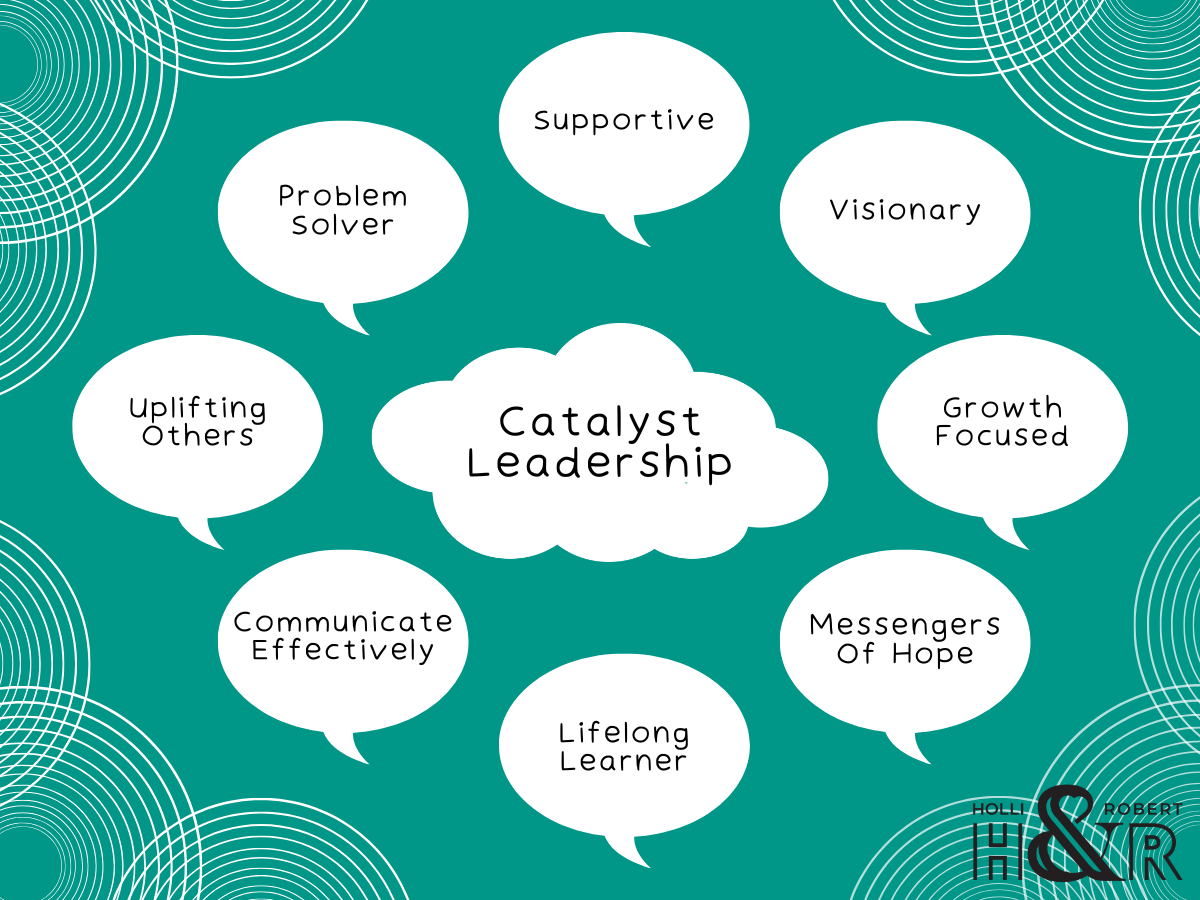Defining the Catalyst Leader
Required Skills and Traits
Catalyst leadership is rooted in a combination of skills and traits that enable individuals to drive meaningful change. Effective catalyst leaders demonstrate strong communication and the ability to articulate a clear vision. They possess emotional intelligence, which helps them understand and navigate the feelings and motivations of others. A knack for problem-solving is crucial, as it allows them to identify opportunities for improvement and innovation. Additionally, resilience and adaptability are key traits, equipping them to handle setbacks and rapidly changing environments. These leaders also exhibit decisiveness, empowering them to make timely decisions that propel growth. In essence, becoming a catalyst leader means cultivating these core competencies, which together, create a robust foundation for galvanizing action and fostering an atmosphere of progress.
Growth-Minded Approach
Central to catalyst leadership is the growth-focused mindset. This perspective prioritizes continuous improvement over short-term achievements. Leaders with this mindset see failures not as setbacks but as stepping stones to success. They embrace challenges, understanding that discomfort is often a precursor to growth. These leaders are always looking forward, setting ambitious goals while remaining flexible in their approach. They encourage innovation and are not afraid to pivot strategies when necessary. A growth-focused mindset also entails a commitment to personal development, recognizing that the growth of an organization is intrinsically linked to the development of its people. By nurturing this mindset, catalyst leaders inspire their teams to adopt a similar outlook, creating a ripple effect that promotes ongoing learning and the pursuit of excellence across the board.
Implementing Catalyst Leadership
Valuing Action Over Winning
Implementing catalyst leadership means shifting focus from just winning to taking meaningful action. Catalyst leaders understand that the true measure of success is not found solely in the outcomes, but in the actions that lead to those outcomes. They place value on the process and the learning that occurs along the way. This approach encourages a long-term vision, where the goal is sustainable impact rather than immediate triumphs. It’s about creating value that extends beyond the leader and permeates the entire organization. By emphasizing action, catalyst leaders empower their teams to take initiative, experiment, and innovate without the fear of failure. In doing so, they foster an environment where progress is celebrated and the journey towards achieving goals is just as important as the goals themselves.
Embracing Life-Long Learning
A hallmark of catalyst leadership is the commitment to lifelong learning. Catalyst leaders are perpetual students, always seeking new knowledge and experiences to enhance their capabilities. They encourage their teams to do the same, creating a culture where learning is woven into the fabric of daily operations. This includes providing opportunities for professional development, encouraging mentorship, and fostering open discussions where ideas can be freely exchanged. Embracing lifelong learning keeps both leaders and their teams agile and informed, able to adapt to new trends and technologies that can drive growth. It’s not just about formal education but also about learning from every situation and person encountered. By valuing continuous education, catalyst leaders ensure that both they and their organizations remain at the forefront of innovation and progress.
The Impacts of Catalyst Leadership
Inspiring Organizational Growth
Catalyst leadership not only propels individual leaders forward but also inspires exponential growth within their organizations. By embodying the principles of catalyst leadership, leaders set a powerful example for others to follow, creating a cascading effect throughout the organization. They encourage a culture where every team member feels valued and capable of contributing to the company’s success. This type of leadership fosters innovation by allowing individuals the freedom to explore new ideas without fear of failure. As a result, organizations become more resilient, adaptable, and prepared to seize opportunities in an ever-changing business landscape. Moreover, the focus on collective success over individual accolades cultivates a sense of unity and purpose, which is instrumental in driving long-term, sustainable growth for the company.
Becoming a Messenger of Hope
Catalyst leaders are more than just figureheads; they are messengers of hope. In times of uncertainty or challenge, they provide a vision that others can believe in, one that offers optimism and a clear path forward. By consistently communicating this vision and demonstrating unwavering belief in their team’s abilities, they instill confidence and inspire action. This sense of hope is contagious and instrumental in maintaining morale and motivation, even when facing difficult odds. It’s this forward-looking, can-do attitude that helps teams navigate through adversity and emerge stronger. Being a messenger of hope is not about ignoring reality but about finding the potential within it. Catalyst leaders are the torchbearers of this potential, guiding their organizations toward a brighter and more prosperous future.
The Power of Encouragement
Nurturing a Growth Environment
Catalyst leaders understand that the soil in which growth thrives is rich with encouragement. They know that to cultivate a growth environment, they must nurture not only the skills and talents of their teams but also their confidence and willingness to take risks. Encouragement comes in many forms: recognition of efforts, constructive feedback, and open communication channels where team members feel heard and valued. Leaders who encourage their teams create a safe space for experimentation, where failure is seen as a learning opportunity rather than a setback. This environment invites individuals to stretch beyond their comfort zones, resulting in personal and professional development that benefits the entire organization. In such a growth-oriented culture, the collective potential of the team is unlocked, leading to innovative solutions and continuous improvement.
The Magic of Lifting Others
The act of lifting others is where the real magic of catalyst leadership lies. When leaders focus on elevating those around them, they create a multiplier effect that enhances the team’s overall performance. This approach goes beyond mere motivation; it involves actively investing in the success of others. By providing resources, sharing knowledge, and connecting team members with opportunities, leaders help individuals to achieve their best. This empowerment leads to a more engaged workforce, as people feel their contributions are genuinely valued and impactful. When team members succeed, they become more invested in their work and the success of the organization. The magic happens when this cycle of support and success becomes self-sustaining, leading to a culture where everyone is committed to lifting each other, fostering a collective strength that is formidable.



